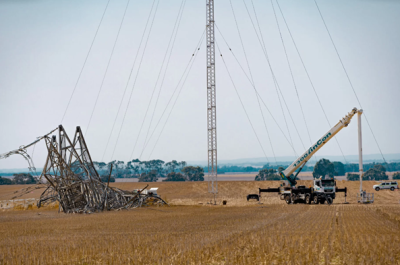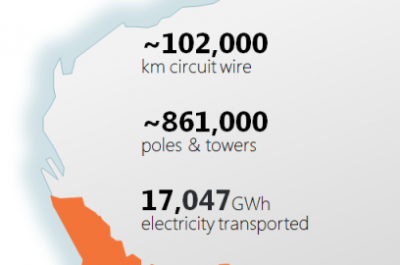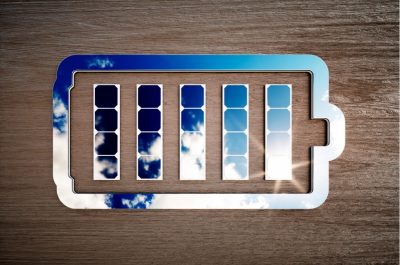19 strategies, 15 countries, one element
The future is always uncertain but the rapid rate of change in the energy sector and the opportunities in the next few decades in this sector are unprecedented. Developing appropriate roadmaps and strategies will help nations, regions and industries capitalise on these opportunities and maximise the potential for hydrogen as a future vector.
There are many benefits to strategic planning and a google search titled “benefits of strategy” returned 755,000,000 matches, so it is obviously a popular topic . A reasonable way to summarise those matches would be:
a strategy allows you to be pro-active in developing your future role/ position rather than being reactive to external influences.
Given the major changes in the energy sector and the increasing focus on hydrogen as an energy vector, it is little wonder that many countries are developing their own hydrogen strategies. A new report by Future Fuels CRC summarises 19 hydrogen roadmaps and strategies from around the world. The report does not assess the merits of the different strategies but makes observations about common features.
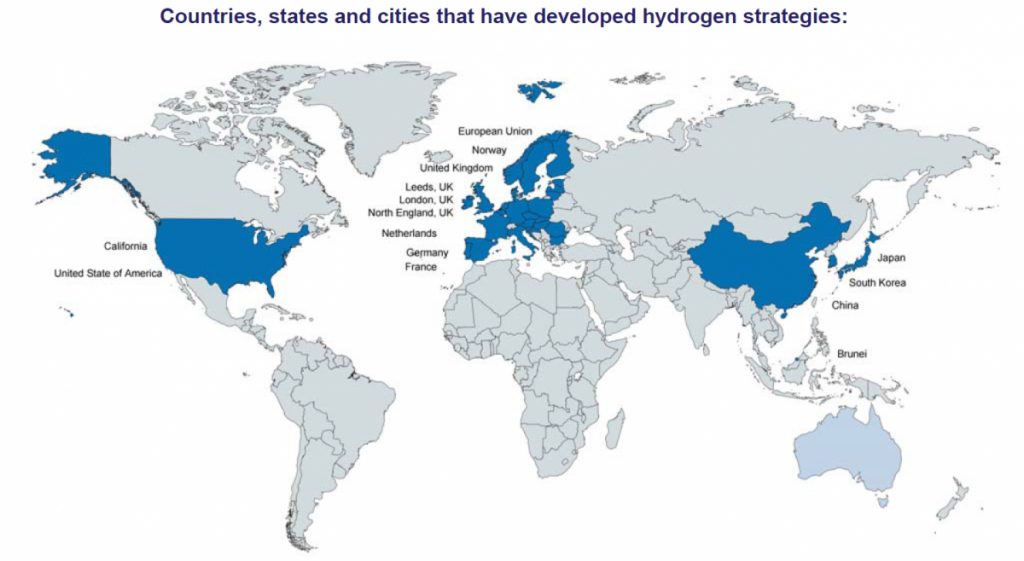
Figure 1: Hydrogen strategies covered in the report (Source: Future Fuels CRC, 2019)
Comparing apples with oranges
The 19 strategies reviewed take many different forms and reflect the various energy priorities of each country. For example, the strategies from Japan and the Republic of Korea focus on imports of hydrogen (with increasing requirements about greenhouse gas emissions over time) and look at external markets while countries such as Brunei, China and Norway have a strong element of hydrogen production for export. Different strategies cover production processes such as natural gas reforming, coke oven plants and hydro-electric power illustrating a broad range of options to produce hydrogen.
Australia is also well placed to be a hydrogen exporter due to its abundance of renewable energy and natural gas resources and its proximity to energy-hungry markets.
The table below highlights the key findings of the strategies.
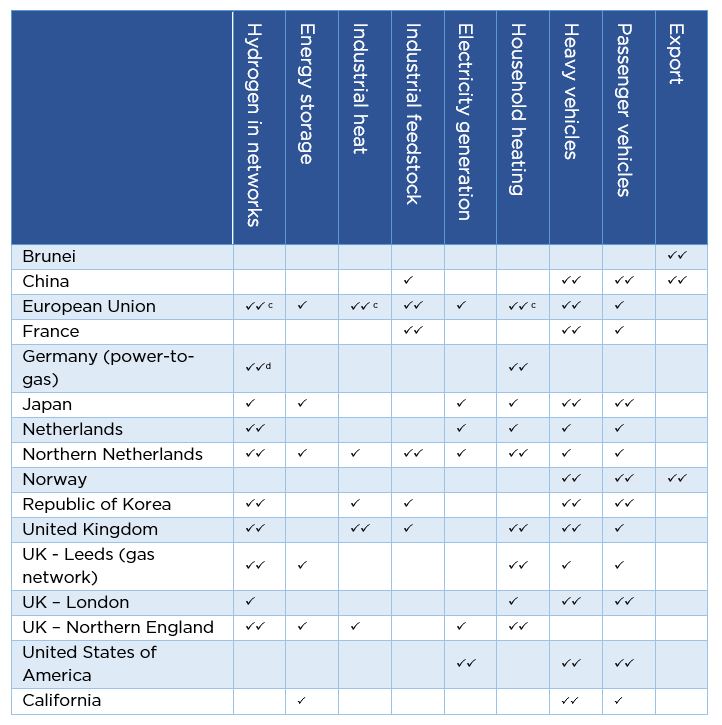
Figure 2: Summary of key findings of hydrogen strategies (Source: Future Fuels CRC, 2019; Energy Networks Australia analysis)
All strategies consider hydrogen has more than one application covering mobility, hydrogen in gas networks, supporting electricity, as an industrial feedstock or as an energy storage medium. This broad flexibility of hydrogen means that we need to consider how these diverse sectors can come together to capture the hydrogen opportunity.
Developing strategy in isolation
One observation from the review is that it appears all the reviewed strategies have been developed in isolation from one another.
Even with this in mind, there are common features, such as:
- The major driving factor is the need to deliver aggressive carbon reductions by mid-century;
- Clear identification of strategic goals for individual countries and attention to the removal of barriers;
- A focus on the relative advantages of different countries;
- Consideration of investments; and
- Ensuring that the scale of activities is commensurate with the goal and targets.
It is noteworthy that most of the strategies look at injecting hydrogen into existing gas networks. This is usually initially as a blend with methane-based gases but most strategies consider a transition to 100 per cent hydrogen networks.
What about Australia’s hydrogen strategy
The authors did not review Australia’s hydrogen strategy as it is still under preparation, nor did the Future Fuels CRC review the state-based strategies and plans from South Australia, Queensland or Western Australia (released two weeks ago): http://www.drd.wa.gov.au/Publications/Documents/wa_renewable_hydrogen_strategy.pdf.
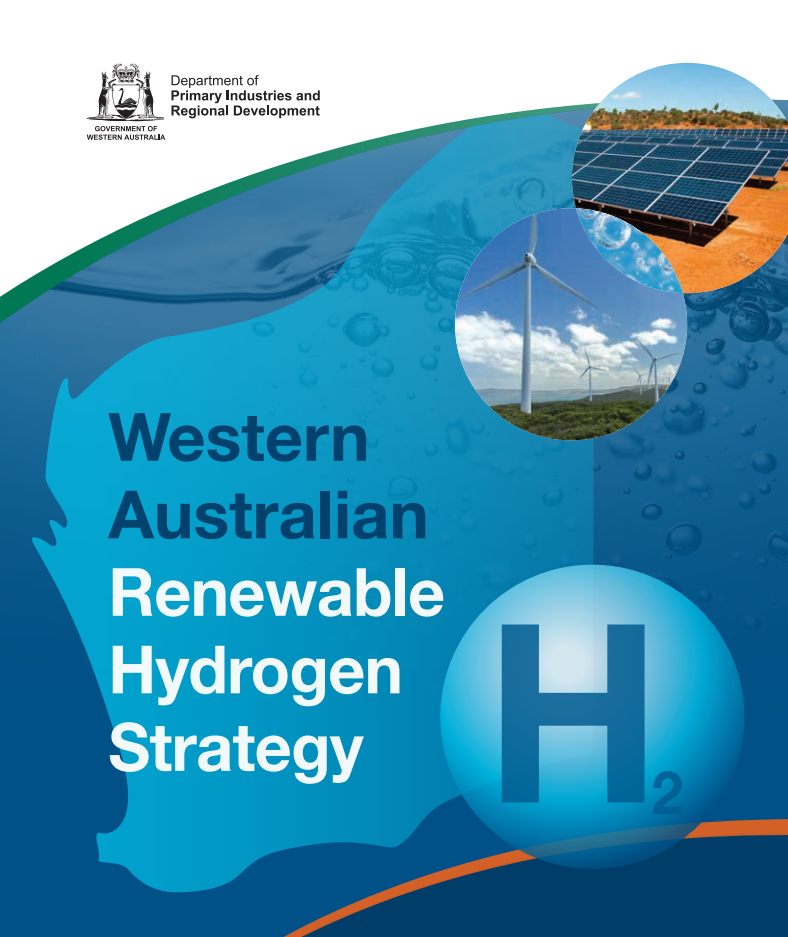
Figure 3: WA Renewable Hydrogen Strategy, 2019.
Hopefully the learnings from this review will be incorporated in the development of Australia’s Hydrogen Strategy. Responses to the issues papers closed yesterday and Energy Networks Australia’s response can be found at: https://www.energynetworks.com.au/resources/submissions/.
A key feature of Australia’s state strategies for hydrogen is the promise of funding to support the key activities prioritised by that state. Will the final Australian Hydrogen Strategy also provide financial support to further develop a domestic hydrogen industry?
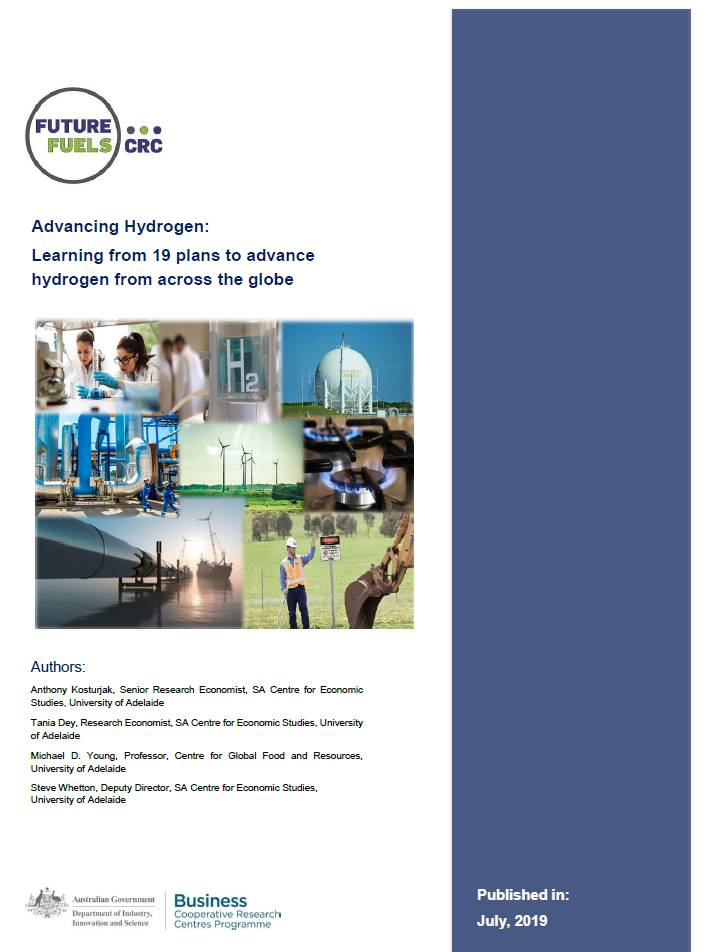
Figure 4: Advancing Hydrogen report (source: Future Fuels CRC, 2019)
The Future Fuels CRC has established itself as the agency to maintain and update the review of strategies over time. This type of resource helps us learn more about the opportunities and potential for hydrogen and to develop our own Australian hydrogen industry.

PS Congratulations on your first birthday Future Fuels CRC – many happy returns from Energy Networks Australia.

